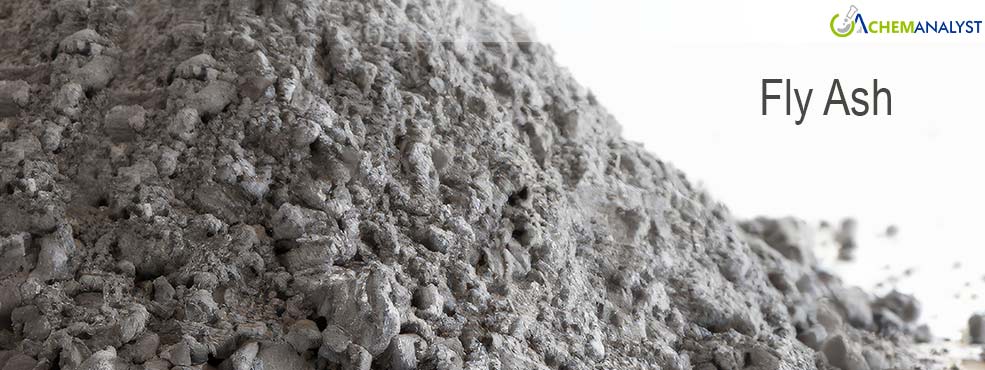Stable Fly Ash Pricing in March 2025 Reflects Balanced Supply and Muted Cost Pressures
- 11-Apr-2025 6:15 PM
- Journalist: Rene Swann
In March 2025, fly ash prices in China and Germany followed a stable path, with balanced supply-demand levels and increasing industrial sentiment countered by robust stock levels and muted pricing pressures. Despite increased downstream sector activity, excess available material brought on by continuous output from coal-fired plants truncated any price hikes.
In China, fly ash prices remained stable during March as coal-fired power generation remained at high levels, maintaining steady production of fly ash. The domestic refining industry also reflected healthy levels of transactions, and coal port inventories were still high, showing scope for enhanced fly ash production as coal stocks are consumed. On the demand side, the downstream construction activity resumed after the Spring Festival was triggered by building materials manufacturers returning to production quickly. Seasonal factors like better weather and construction schedules on the improvement side further supported fly ash demand, especially from cement and concrete industries. Economic indicators like the building materials investment demand index and industrial consumption index continued to be in the prosperity range, indicating a healthy recovery in the sector. However, despite these favourable demand conditions, the market remained well-supplied, keeping prices stable amid the rising consumption.
Germany's fly ash market also followed China's trend, and prices remained level during March 2025. Coal refineries continued to yield consistent output and ensured that the supply of fly ash was always steady. In addition, oversupply of fly ash is avoided as overall demand for coal remained low resulted in lower levels of coal refinery operations. Besides, logistic conditions also saw a significant improvement with delivery timelines and lesser bottlenecks in transport, which smoothened past supply chain impediments. Natural gas price decline additionally supported cost containment along the value chain. In terms of demand, the residential construction segment showed early signs of stabilizing, following a prolonged slump. The easing of order shortages provided some indication of eventual recovery, and this could sustain demand for inputs to the building sector such as cement and concrete—and indirectly fly ash in the near term. Yet, the general business environment in Germany's construction industry was still muted, with optimism being moderated by structural economic issues, thereby constraining any meaningful pricing momentum.
In the near term, fly ash prices in Germany and China will likely stay range bound. Although the revival of construction activity and seasonal recovery in demand will gradually mop up excess material, high inventories and steady coal-fired generation are set to limit any steep price rally. The market will watch closely for changes in industrial sentiment, trends in energy prices, and infrastructure spend for more definitive guidance on long-term pricing trends.



